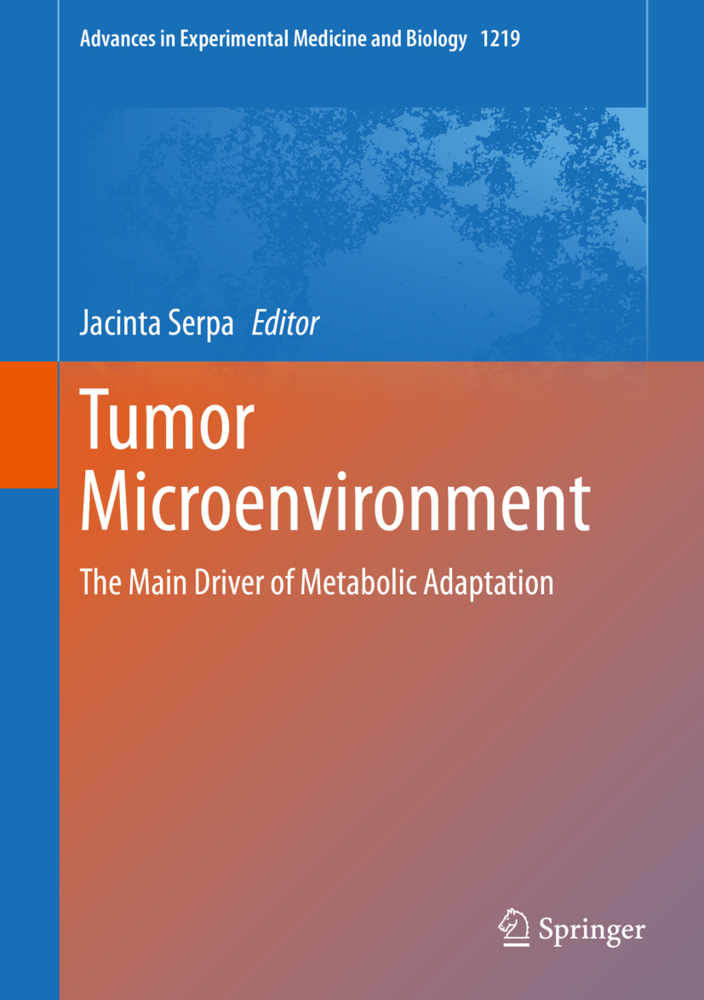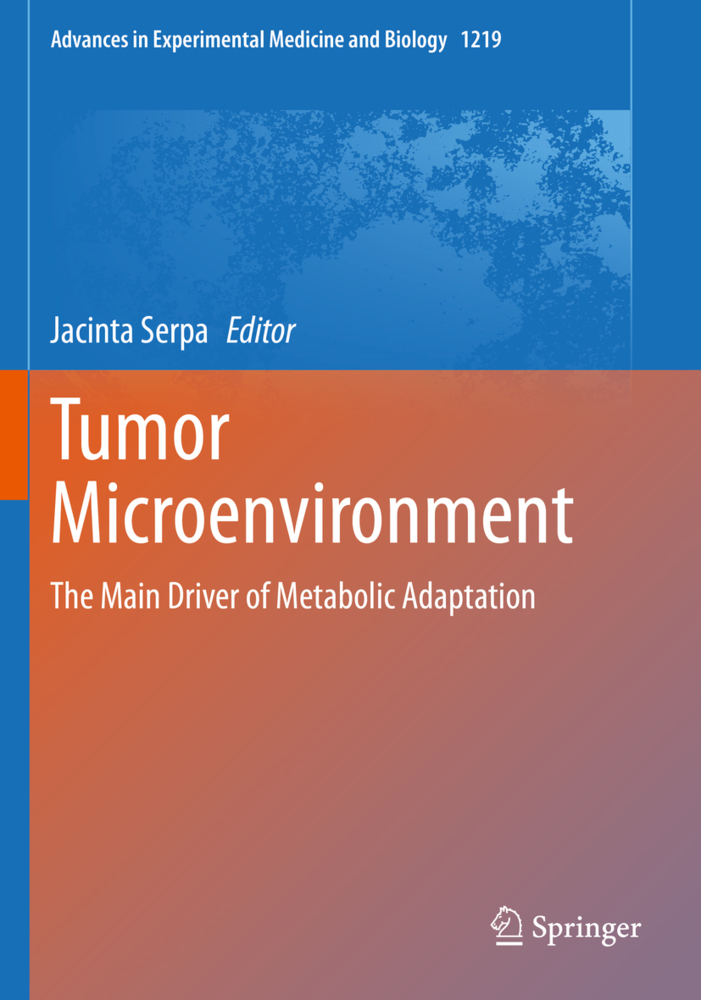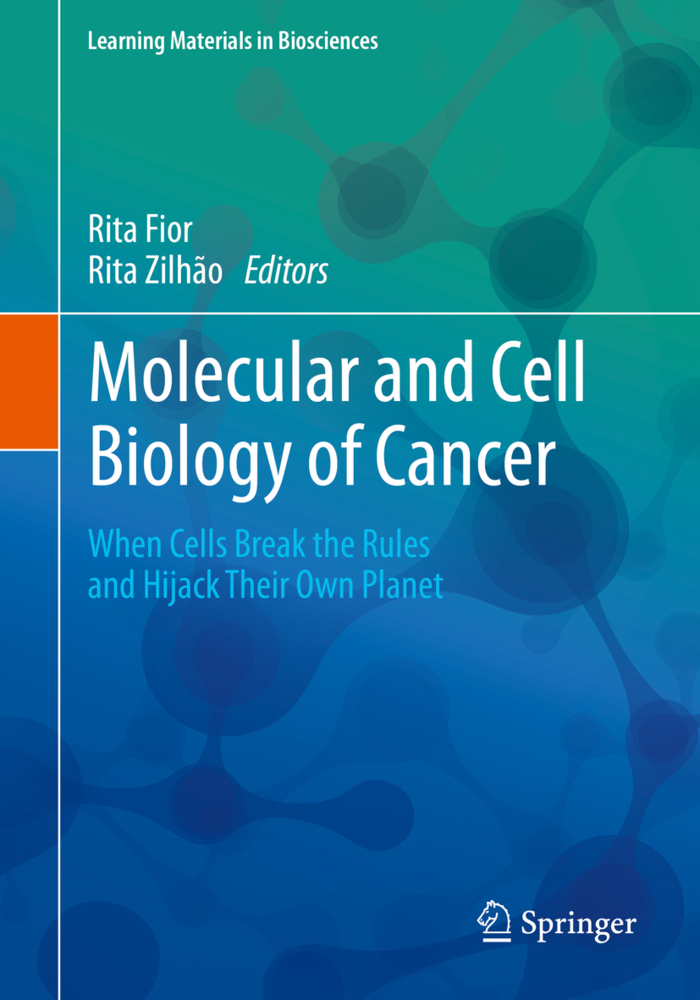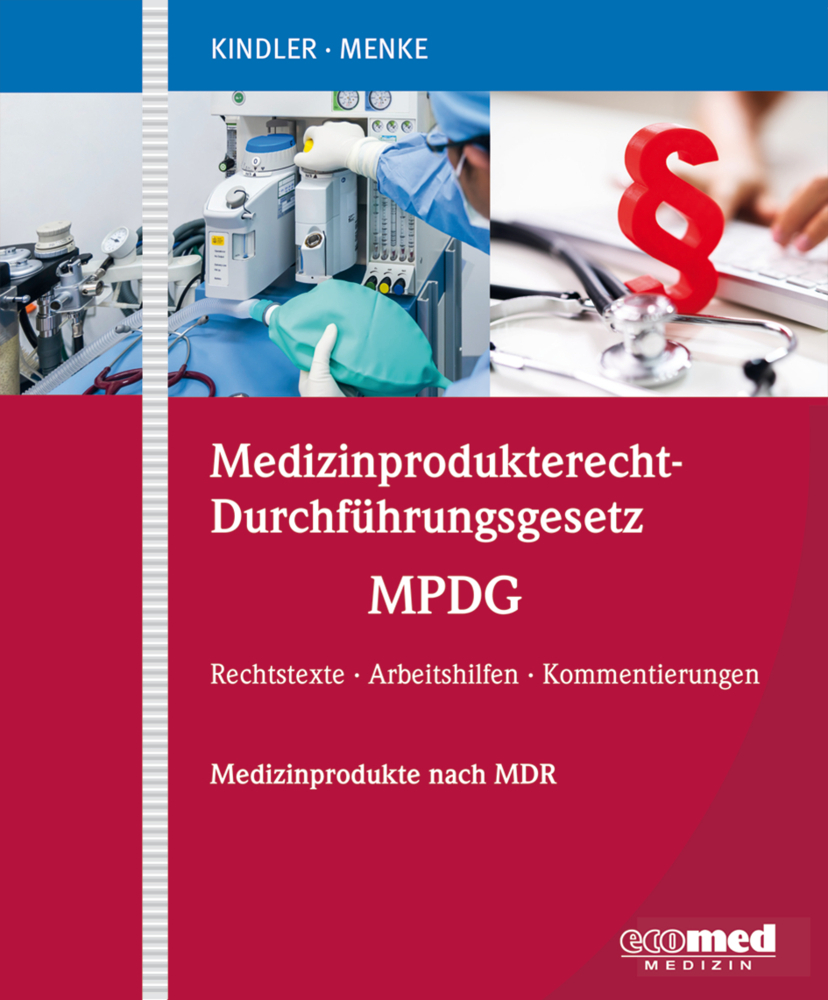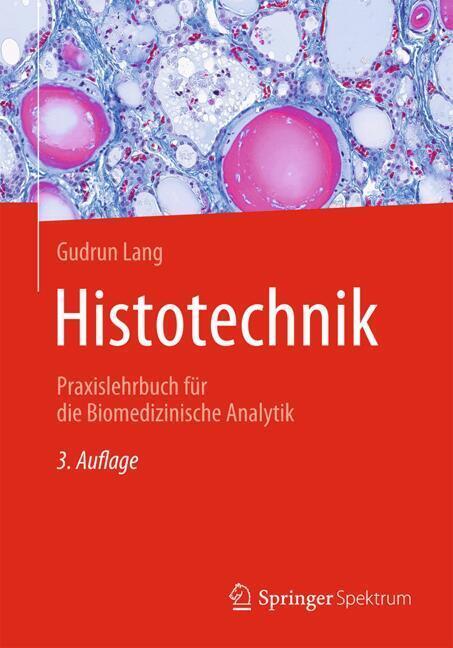Tumor Microenvironment
In this book, we intend to present the different components of the microenvironment driving the metabolic fitness of cancer cells. Themetabolic changes required for establishing a tumor in a given microenvironment and how these metabolic changes limit the response to drugs will generally be the major items addressed. It is important to mention not only aspects of the microenvironment that stimulate metabolic changes and that select better adapted tumor cells, but also how this regulation of cell plasticity is made. Thus, the signaling pathways that orchestrate and are orchestrated throughout this panoply of metabolic rearrangements will also be addressed in this book.
The subjects will be presented from the conceptual point of view of the cross-cancer mechanisms and also particularizing some models that can be examples and enlightening within the different areas.Preface
Tumor microenvironment a job of several holders
Tumor microenvironment- a selective pressure boosting cancer
Lactate and lactate transporters as key players in the maintenance of the Warburg effect
Section 1. Adaptive metabolic features are sustained by tumor microenvironment
Recycling the interspecific relations with epithelial cells: bacteria and cancer metabolic symbiosis
Gut microbiota and cancer of the host: colliding interests
Metabolic plasticity of tumor cells: how they do adapt to food deprivation
Multifaceted oncogenic role of adipocytes in the tumour microenvironment
Endothelial cells (ECs) metabolism a valuable piece to disentangle cancer biology
Monocytes and macrophages in cancer: unsuspected roles
Section 2. Microenvironment and metabolic signalling- the way cancer cells know how to survive.-: Wnt signaling: paths for cancer progression
Microenvironment driven metabolic adaptation in melanoma
Metabolic reprogramming and signaling to chromatin modifications in tumorigenesis
Inflammatory microenvironment modulation of alternative splicing in cancer: a way to adapt
The bone marrow niche - the tumor microenvironment that ensures leukemia progression
Section 3. Metabolic fitness and therapy response in cancer
Exploiting cancer cells metabolic adaptability to enhance therapy response in cancer
The metabolic remodelling in lung cancer and its putative consequence in therapy response
Hydrogen sulfide metabolism and signaling in the tumor microenvironment
Using metabolic adaptation to design new drugs
Metabolomics- a new way of screening cancer
NMR as a tool for metabolomics
Section 5. Animal models- addressing cancer microenvironment
Animal models to study cancer and its microenvironment
Modulating the metabolic phenotype of cancer microenvironment
Modeling of Solid-tumor Microenvironment in Zebrafish (Danio Rerio) Larvae
Section 6. In vitroand ex vivo cancer models
In vitro and ex vivo models- the tumor microenvironment in a flask
Index.
Serpa, Jacinta
| ISBN | 978-3-030-34024-7 |
|---|---|
| Artikelnummer | 9783030340247 |
| Medientyp | Buch |
| Copyrightjahr | 2020 |
| Verlag | Springer, Berlin |
| Umfang | VII, 443 Seiten |
| Abbildungen | VII, 443 p. 1 illus. |
| Sprache | Englisch |

